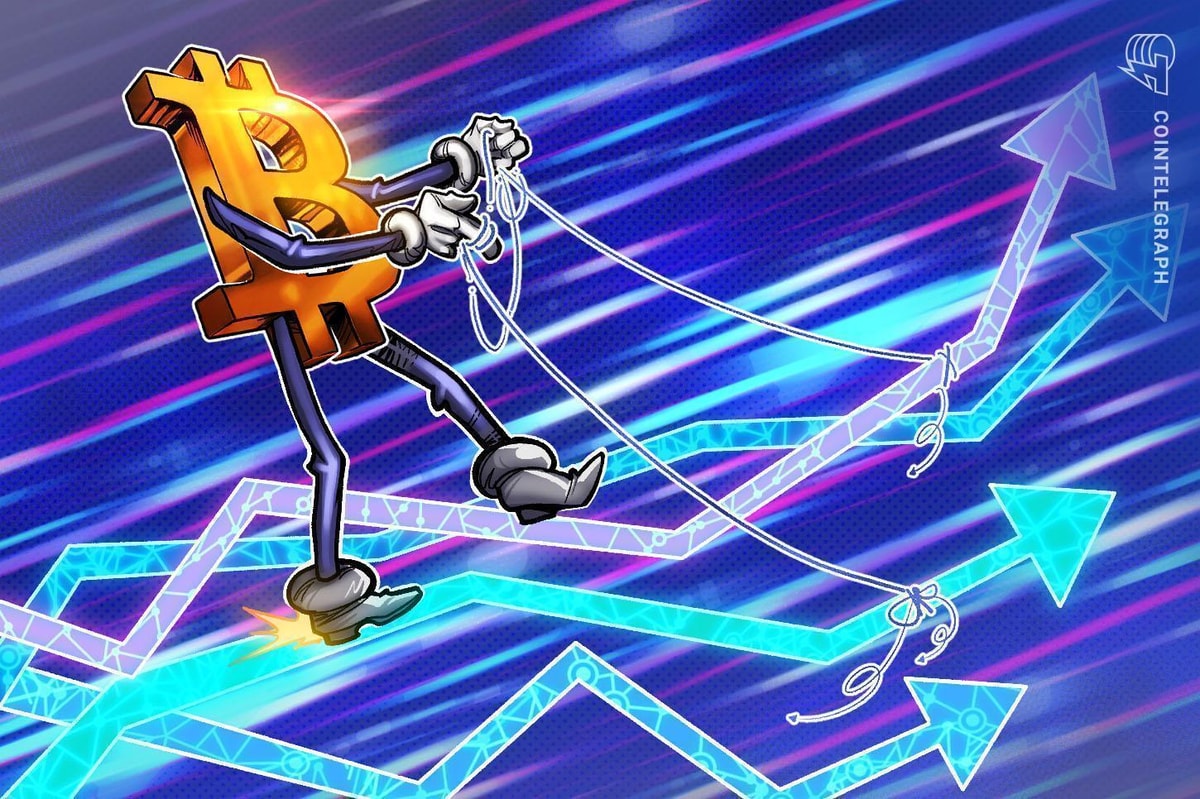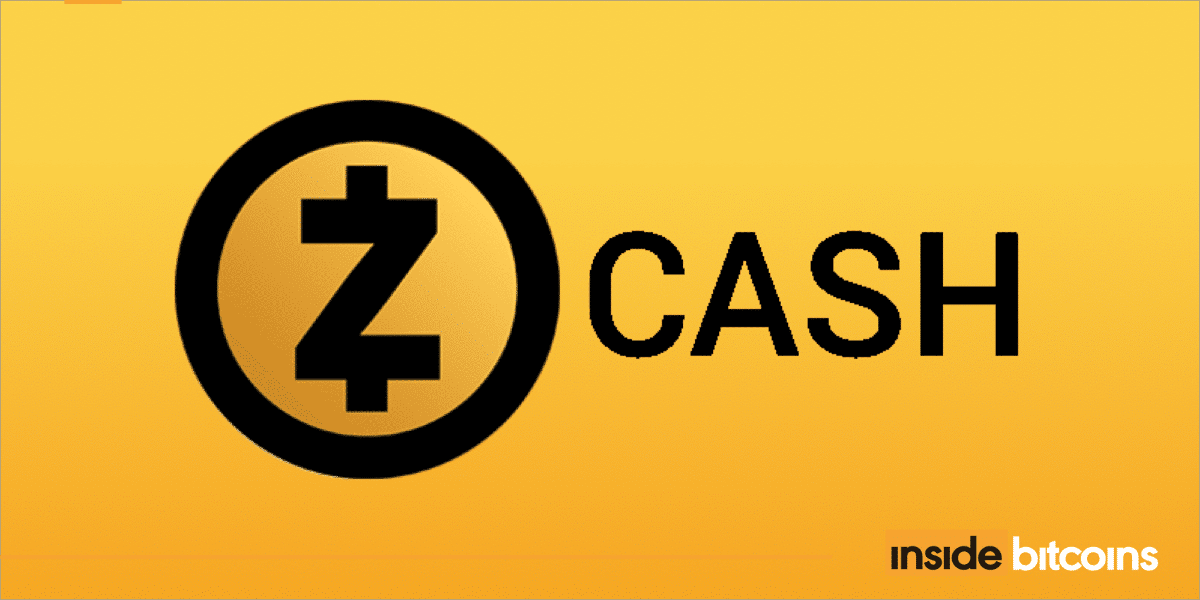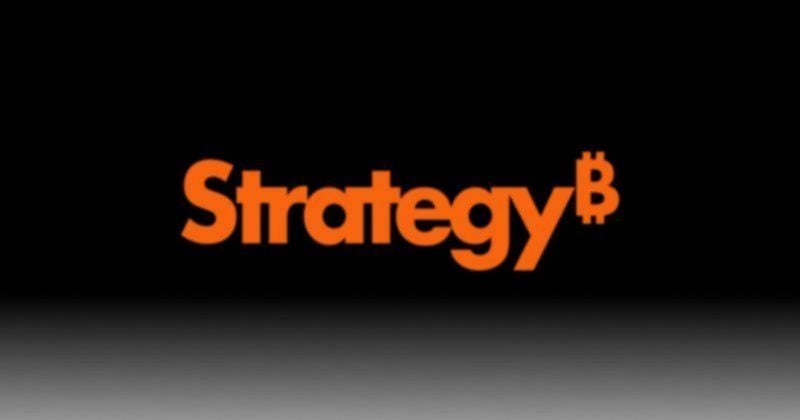A Trojan Horse is an object that looks inviting or desirable but is used to smuggle in something hidden that the receiver wouldn’t otherwise have accepted.
In the world of crypto, Bitcoin’s price action has been referred to as a Trojan Horse. In this case, buyers are first attracted by the digital currency’s historically rising prices, but by holding and trading coins buyers unknowingly legitimize and organically promote Bitcoin. Thus, its true benefits, decentralization, a fixed supply and freedom from central planners, are further disseminated.
Recently, we see not only Bitcoin but other aspects of the crypto world being normalized and advanced into the mainstream, through what is growing into a diverse band of Trojan Horses, each representing a different blockchain purpose.
Crypto through Art
Go back a few years, and you wouldn’t have found many people predicting that crypto technology might be picked up for consumption through its tie-ins with the art world, but that is exactly what has been occurring.
In the world of digital art, a critical component of NFTs is that they enable ownership and scarcity. There was a period, when NFTs were enjoying an initial boom, in 2021, in which cynics proclaimed them to be pointless since it was possible to simply right-click on an NFT, and then save the image to one’s own computer for free.
Ironically, digital copying was one of the precise problems that NFTs solved. While online images are endlessly replicable, there could now, through NFTs, be a definitive original: a token to which the artist had deliberately attached his work, and which was verifiable, collectible, and easily tradable. Such collecting and trade had always been possible with physical art, and now it was viable in the digital realm too.
Was it still possible to make copies? Of course, but it’s also possible to make copies of physical art, and that’s rarely a problem: original artwork suffers no loss of integrity or value due to the existence of copies. And now, through NFTs, these realities are applied to digital art just as they did to physical art.
Through the provision of on-chain provenance and by enabling digital art markets (which are, arguably more easily accessible and less elitist than traditional art markets, an unlikely arena) of artistic creativity, it is suddenly profitable to make use of the blockchain utility.
Check out this recent FMLS22 session on NFTs for Fintechs.
Crypto through Gaming
To date, the highest profile crypto-gaming project has been Axie Infinity, which averaged two million monthly players at the end of 2021 and ran through to around the middle of 2022. However, user numbers have since collapsed, and the product has been criticized for being not much more than a Ponzi-tilted means to grind out profits during a bull market, dressed up as a game.
As such, crypto has yet to prove itself as substantially beneficial to the gaming world, but it looks simply to be a matter of time before a sustainable, high-quality product emerges, with a number of web3 gaming studios working on new releases. Currently, all eyes are on a web3 gaming company called Limit Break, and its DigiDaigaku project.
In February, Limit Break will release a set of DigiDaigaku gaming NFTs, with buyers needing to scan a QR code that will be shown in a commercial during the upcoming Super Bowl. This is about as high profile as a promotion/distribution campaign can get, and may be an indicator of the kind of presence that web3 gaming can achieve.
It’s an approach that unapologetically utilizes NFTs to create community and hype while remaining cognizant that games themselves are the end purpose, and if it can be pulled off, then it promises, as with NFTs related to art, to open up blockchain benefits to new users.
Creating Web3 and the Metaverse
The uses outlined here are interlinked sections of a novel arena. Art and design, gaming, commerce, and online social interactions are combining, with crypto at their core, to create a new environment, held together by the capacity to exchange value without third parties.
Due to the importance of blockchains within this structure, and the payments these layers enable, this emerging edifice ushers in cryptocurrencies almost under the radar, and links closely to decentralized financial applications, which themselves buzz with speculative activity.
Nowhere else, other than in crypto, is there such a mixed-up blend of influences and backgrounds, in which discussion of yield farming and tokenomics overlaps with chatter about art, anime and AI imagery. Throw in programmers, poets and fashionistas, not to mention entrepreneurs and VCs, bundle the whole package up with some out-and-out opportunists, and it’s a guessing game as to where this ride might take us.
Furthermore, factor in the as-yet-undefined impact that Machine Learning seems poised to create, and the future becomes even more unpredictable and open to rapid transformation.
What seems likely is that all walks and disciplines stand to be influenced by and, to varying degrees, onboarded into crypto in some form. Perhaps, in the end, this emerging space, and the transaction methods it enables, is what we will come to call web3 or the metaverse.
Some people expect a tech utopia, while others make more skeptical predictions, but most likely, as with almost all things, the reality will lie somewhere down the middle: an open, ownable, and ever-changing web that outputs a real-time reflection of what we, the users, put in.
A Trojan Horse is an object that looks inviting or desirable but is used to smuggle in something hidden that the receiver wouldn’t otherwise have accepted.
In the world of crypto, Bitcoin’s price action has been referred to as a Trojan Horse. In this case, buyers are first attracted by the digital currency’s historically rising prices, but by holding and trading coins buyers unknowingly legitimize and organically promote Bitcoin. Thus, its true benefits, decentralization, a fixed supply and freedom from central planners, are further disseminated.
Recently, we see not only Bitcoin but other aspects of the crypto world being normalized and advanced into the mainstream, through what is growing into a diverse band of Trojan Horses, each representing a different blockchain purpose.
Crypto through Art
Go back a few years, and you wouldn’t have found many people predicting that crypto technology might be picked up for consumption through its tie-ins with the art world, but that is exactly what has been occurring.
In the world of digital art, a critical component of NFTs is that they enable ownership and scarcity. There was a period, when NFTs were enjoying an initial boom, in 2021, in which cynics proclaimed them to be pointless since it was possible to simply right-click on an NFT, and then save the image to one’s own computer for free.
Ironically, digital copying was one of the precise problems that NFTs solved. While online images are endlessly replicable, there could now, through NFTs, be a definitive original: a token to which the artist had deliberately attached his work, and which was verifiable, collectible, and easily tradable. Such collecting and trade had always been possible with physical art, and now it was viable in the digital realm too.
Was it still possible to make copies? Of course, but it’s also possible to make copies of physical art, and that’s rarely a problem: original artwork suffers no loss of integrity or value due to the existence of copies. And now, through NFTs, these realities are applied to digital art just as they did to physical art.
Through the provision of on-chain provenance and by enabling digital art markets (which are, arguably more easily accessible and less elitist than traditional art markets, an unlikely arena) of artistic creativity, it is suddenly profitable to make use of the blockchain utility.
Check out this recent FMLS22 session on NFTs for Fintechs.
Crypto through Gaming
To date, the highest profile crypto-gaming project has been Axie Infinity, which averaged two million monthly players at the end of 2021 and ran through to around the middle of 2022. However, user numbers have since collapsed, and the product has been criticized for being not much more than a Ponzi-tilted means to grind out profits during a bull market, dressed up as a game.
As such, crypto has yet to prove itself as substantially beneficial to the gaming world, but it looks simply to be a matter of time before a sustainable, high-quality product emerges, with a number of web3 gaming studios working on new releases. Currently, all eyes are on a web3 gaming company called Limit Break, and its DigiDaigaku project.
In February, Limit Break will release a set of DigiDaigaku gaming NFTs, with buyers needing to scan a QR code that will be shown in a commercial during the upcoming Super Bowl. This is about as high profile as a promotion/distribution campaign can get, and may be an indicator of the kind of presence that web3 gaming can achieve.
It’s an approach that unapologetically utilizes NFTs to create community and hype while remaining cognizant that games themselves are the end purpose, and if it can be pulled off, then it promises, as with NFTs related to art, to open up blockchain benefits to new users.
Creating Web3 and the Metaverse
The uses outlined here are interlinked sections of a novel arena. Art and design, gaming, commerce, and online social interactions are combining, with crypto at their core, to create a new environment, held together by the capacity to exchange value without third parties.
Due to the importance of blockchains within this structure, and the payments these layers enable, this emerging edifice ushers in cryptocurrencies almost under the radar, and links closely to decentralized financial applications, which themselves buzz with speculative activity.
Nowhere else, other than in crypto, is there such a mixed-up blend of influences and backgrounds, in which discussion of yield farming and tokenomics overlaps with chatter about art, anime and AI imagery. Throw in programmers, poets and fashionistas, not to mention entrepreneurs and VCs, bundle the whole package up with some out-and-out opportunists, and it’s a guessing game as to where this ride might take us.
Furthermore, factor in the as-yet-undefined impact that Machine Learning seems poised to create, and the future becomes even more unpredictable and open to rapid transformation.
What seems likely is that all walks and disciplines stand to be influenced by and, to varying degrees, onboarded into crypto in some form. Perhaps, in the end, this emerging space, and the transaction methods it enables, is what we will come to call web3 or the metaverse.
Some people expect a tech utopia, while others make more skeptical predictions, but most likely, as with almost all things, the reality will lie somewhere down the middle: an open, ownable, and ever-changing web that outputs a real-time reflection of what we, the users, put in.
















